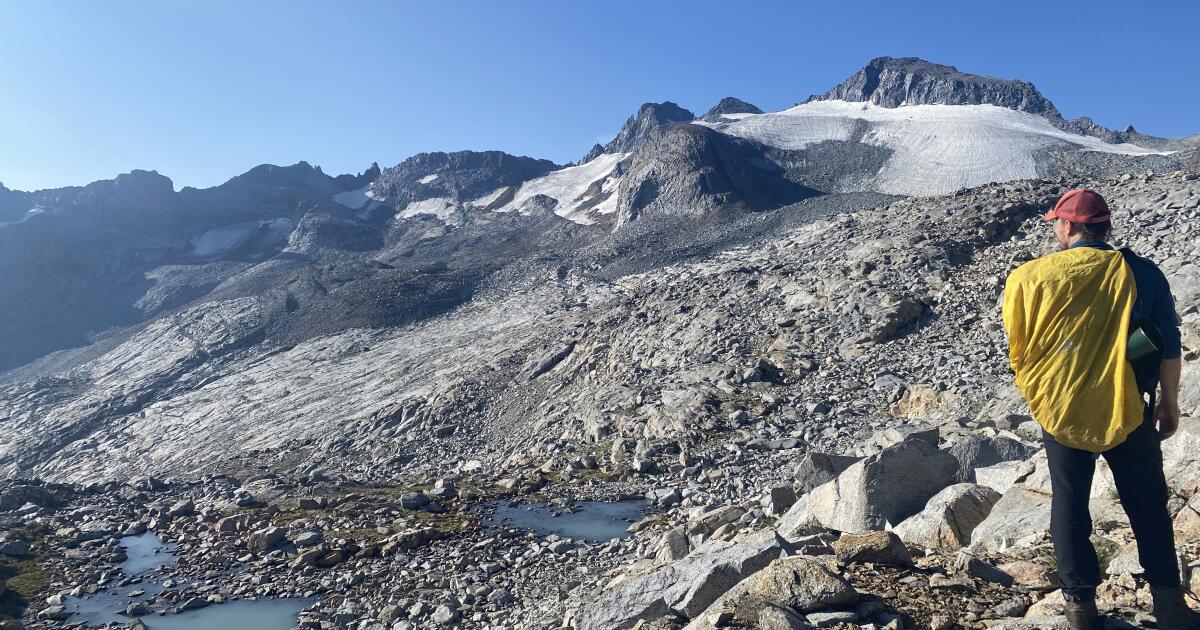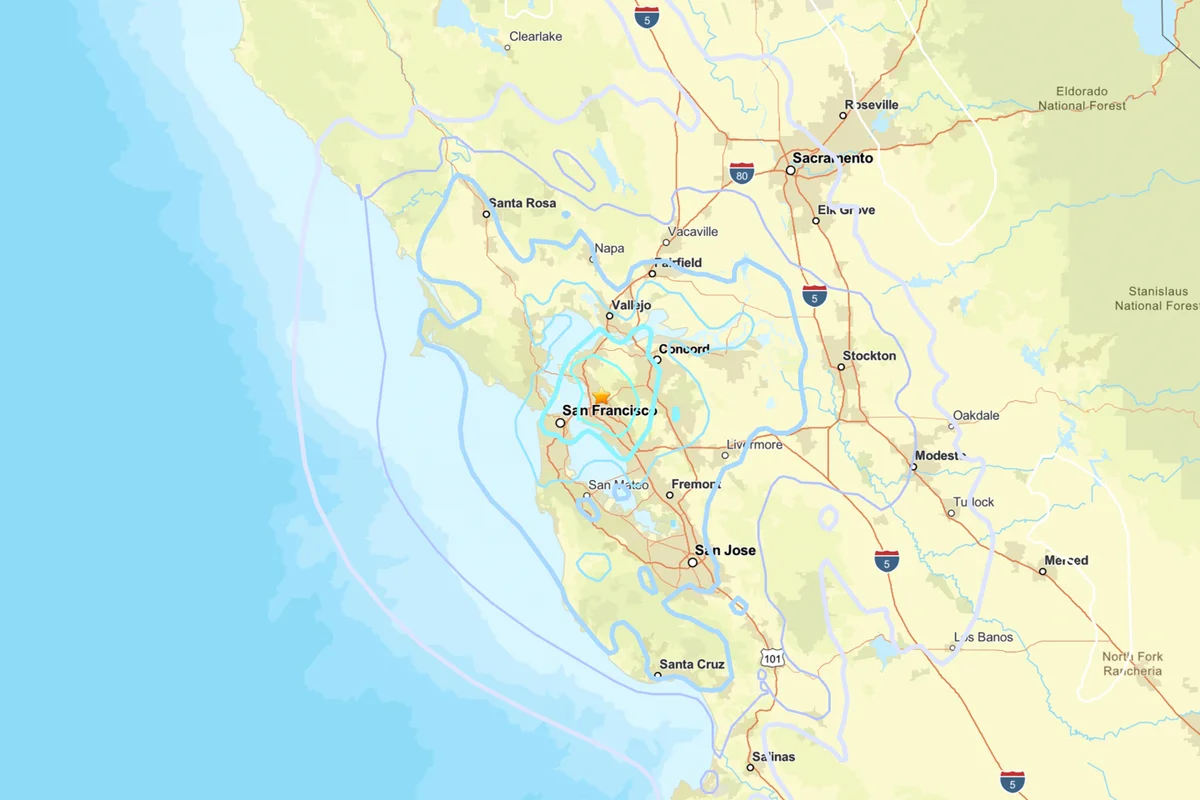
For as long as there have been people in what is now California, the granite peaks of the Sierra Nevada have held masses of ice, according to new research that shows the glaciers have probably existed since the last Ice Age more than 11,000 years ago.
The remnants of these glaciers, which have already shrunk dramatically since the late 1800s, are retreating year after year, and are projected to melt completely this century as global temperatures continue to rise.
In a study published this week, scientists examined the distant past of some of the largest glaciers in the Sierra Nevada by chipping away pieces of bedrock near the edges of the ice and analyzing the rocks.
They found that at two large glaciers, one in Yosemite National Park and another bordering the park, the rocks have continuously been covered, most likely by ice, since the end of the last Ice Age. They also found that another smaller glacier, which has mostly melted, has probably existed for at least 7,000 years, longer than previously known.
“It means that when these glaciers die off, we will be the first humans to see ice-free peaks in Yosemite,” said Andrew Jones, a researcher at the University of Wisconsin, Madison, who led the study.
The findings in the journal Science Advances indicate the Sierra’s glaciers are older than suggested by previous research.
The study’s authors, who also included scientists from other universities and the National Park Service, wrote that California’s glaciers are thought to have reached their maximum extent about 30,000 years ago, and that the research indicates “a future glacier-free Sierra Nevada is unprecedented in human history” since people arrived in the Americas from Asia approximately 20,000 years ago.
Glaciers are rapidly shrinking around the world, from the Himalayas to the Andes, as temperatures are pushed higher by the use of fossil fuels and rising greenhouse gas levels.
Jones said many of the glaciers he and his colleagues study in California have lost an estimated 70% to 90% of their ice since the late 1800s.
Photographs and written accounts show how much the Sierra’s glaciers have retreated.
In one expedition in 1872, John Muir used wooden stakes to measure the movement of the Maclure glacier. In an article, Muir wrote that as he examined another “huge snow-bank, four or five hundred yards in length, by half a mile in width,” he saw masses of rocks and dirt that had been pushed by the moving ice, and “I shouted ‘A living glacier!’”
In 1883, when Israel Russell photographed the Lyell glacier in Yosemite for the U.S. Geological Survey, it was a single ice mass. Now, it’s split into east and west portions, and the ice has stopped moving.
The East Lyell glacier, which backpackers see while traveling along the John Muir Trail, has lost an estimated 95% of its volume since the late 1800s, the researchers said.
In the Sierra Nevada, the snow that blankets the rugged landscape each winter melts and gushes in meadows, streams and rivers, nourishing alpine ecosystems and filling reservoirs.
When the snowpack is gone by late summer, the glaciers that remain, often in the shadows of peaks, release meltwater that keeps streams flowing at the driest times of year.
This water from glaciers serves as a “stabilizing force” that can sustain mountain streams through droughts, Jones said. But he added that this water eventually will go away as the glaciers continue to retreat, and that some streams, like those that feed the Tuolumne River in Yosemite, will run dry at times.
“Ultimately, it’s telling us that we’ve left the bounds of so-called normal,” he said. “We’re crossing the line in the sand from what glaciers have done, for basically all of human recorded history.”
The Sierra Nevada’s snowpack is also seeing the effects of rising temperatures: Average snowlines are creeping higher in the mountains.
In the latest study, the scientists note that summer temperatures in California have warmed about 3.6 degrees Fahrenheit over the last century, and they describe mountain glaciers as “sensitive climate indicators.”
They visited glaciers and collected rock samples on research trips in 2018, 2021 and 2023.
“Glaciers are touchstones between the past and the present, and it’s just so visceral when you can see how it used to be and how it is today,” Jones said.
Though California’s glaciers are dwindling, he said, larger mountain glaciers elsewhere in the world still have more intact ice, and efforts to stop the use of fossil fuels could help preserve them.
“If we can keep warming to a modest level instead of a really high level, you actually preserve a large number of glaciers that would be lost,” he said. “We have to come together, with governmental action, and take steps to reduce man-made greenhouse gas emissions.”



